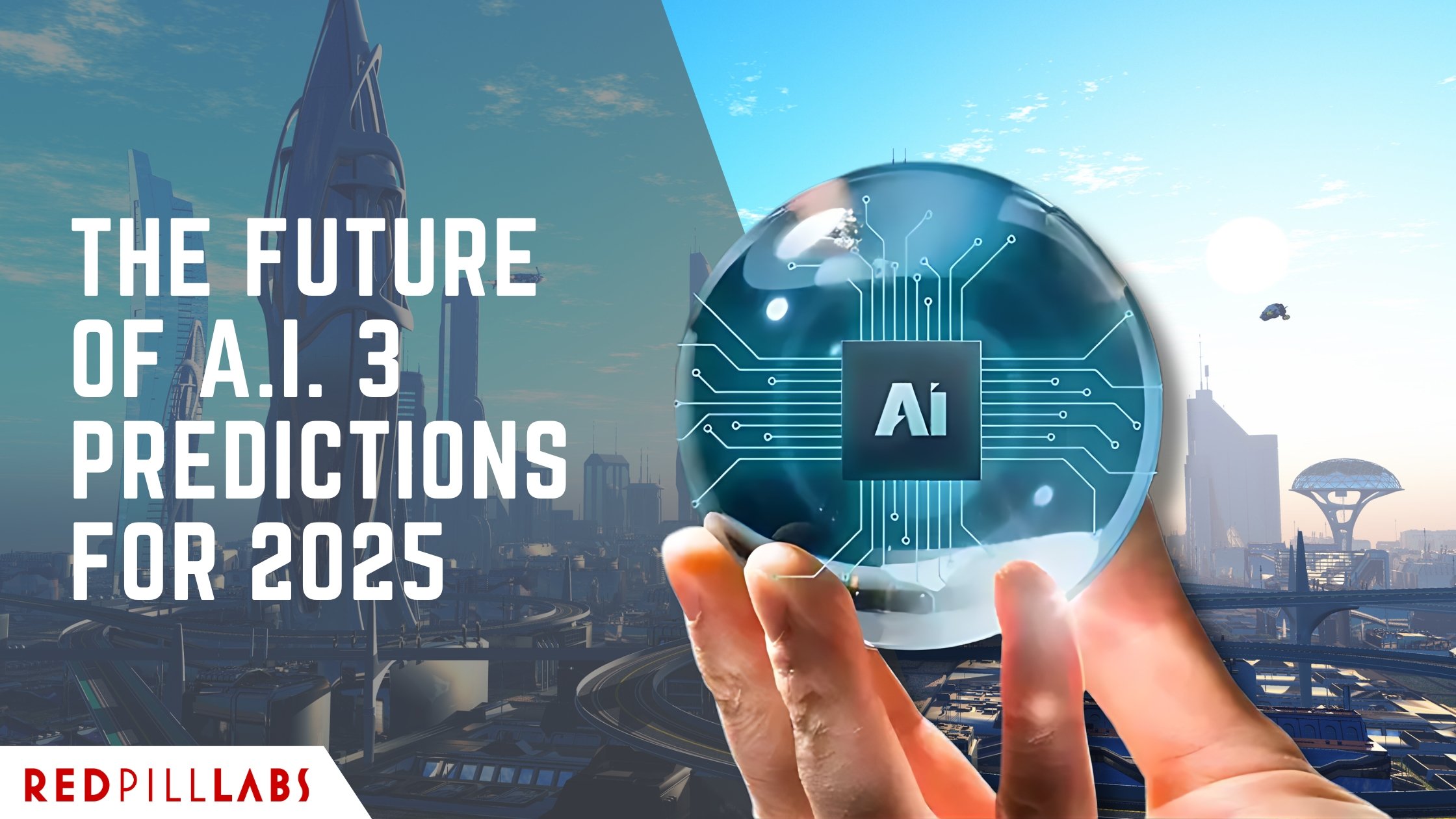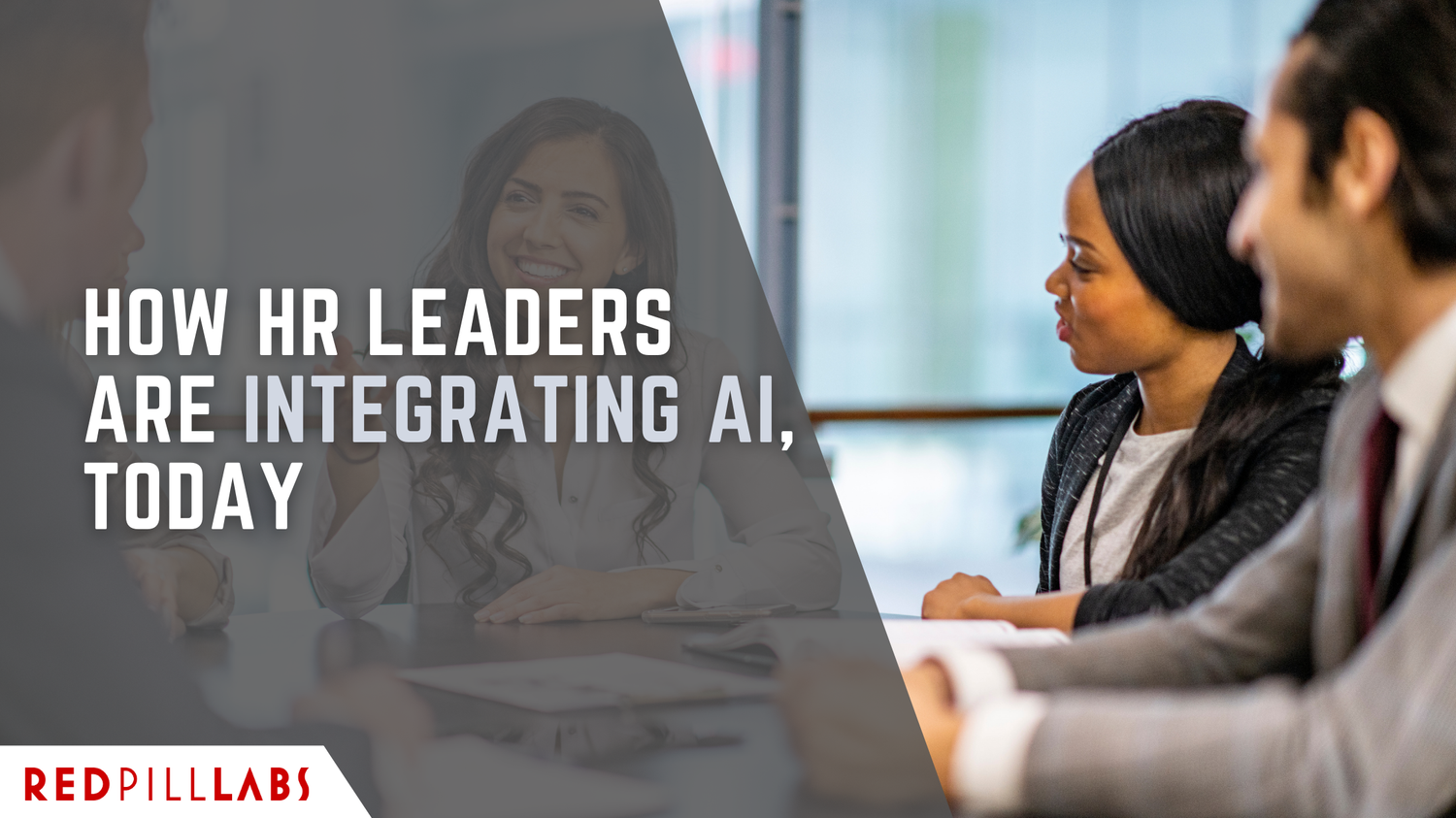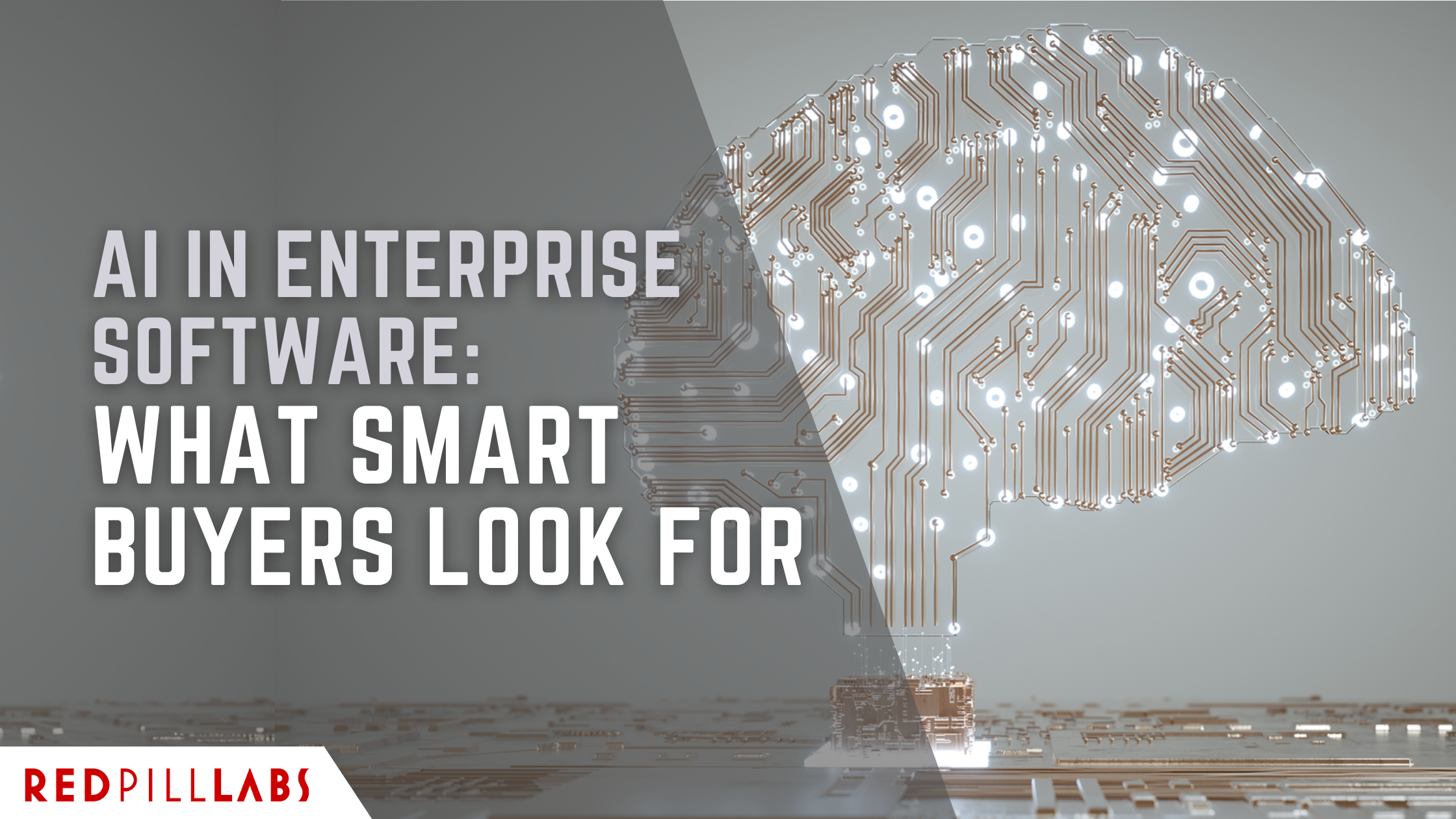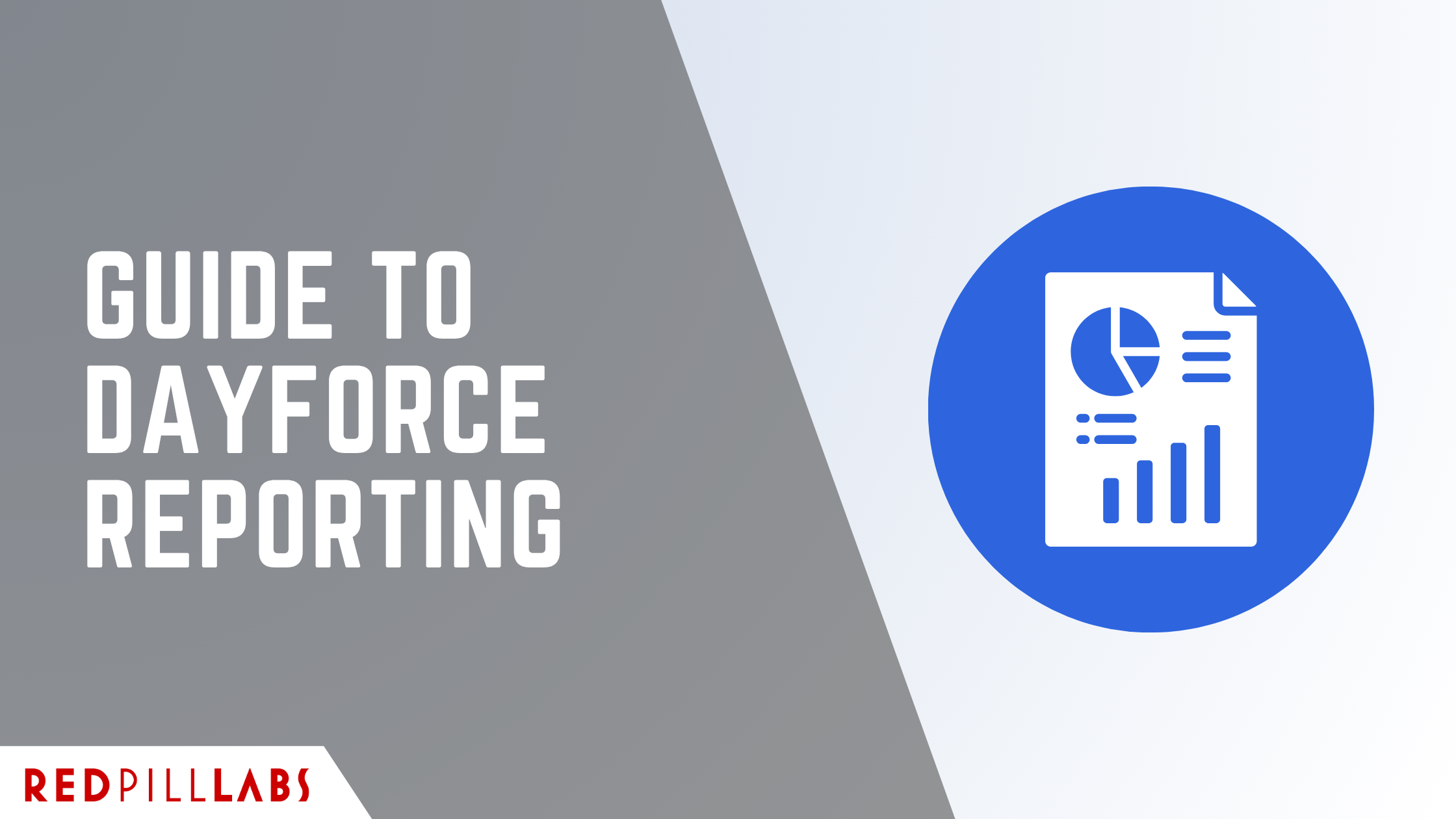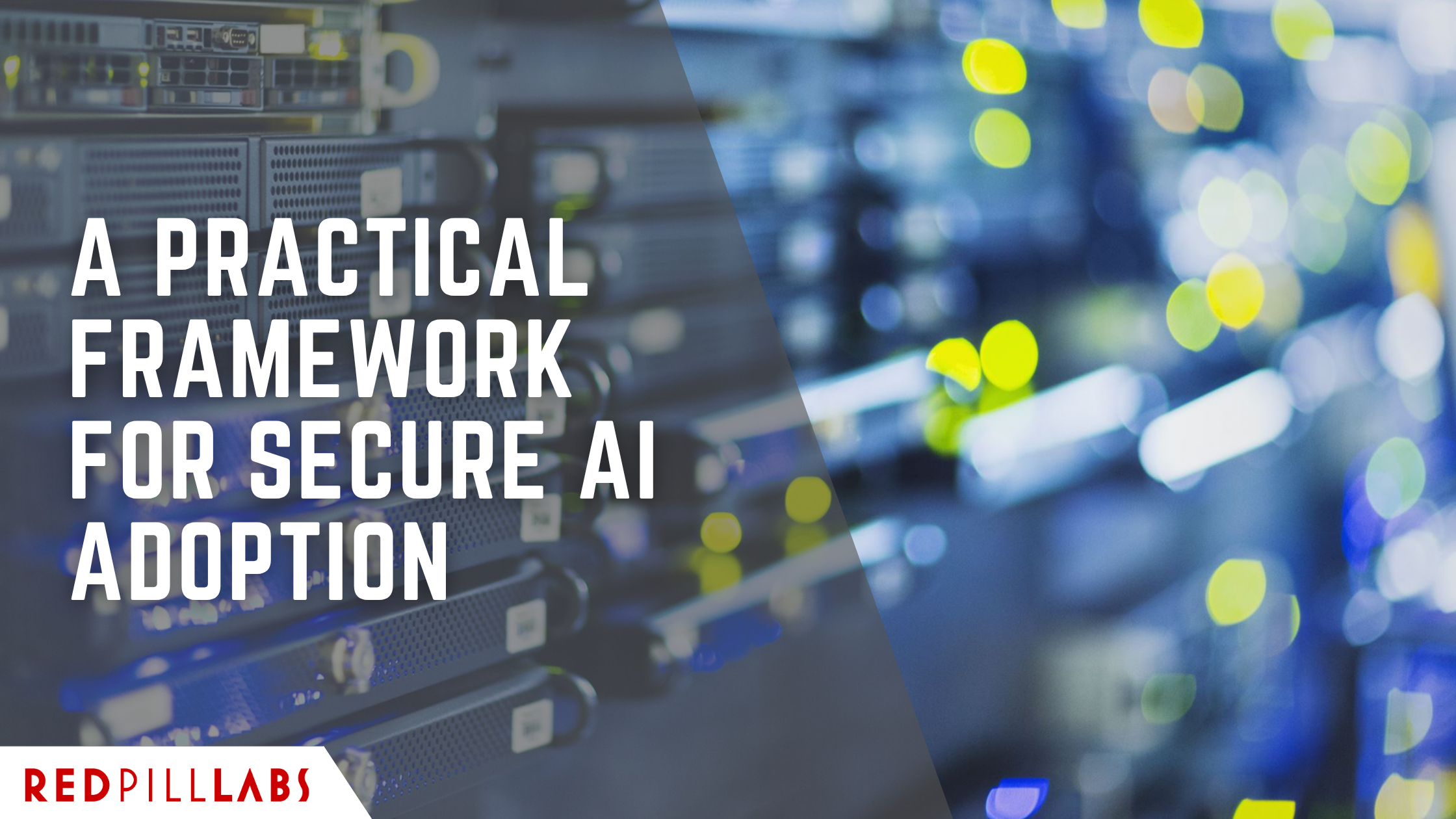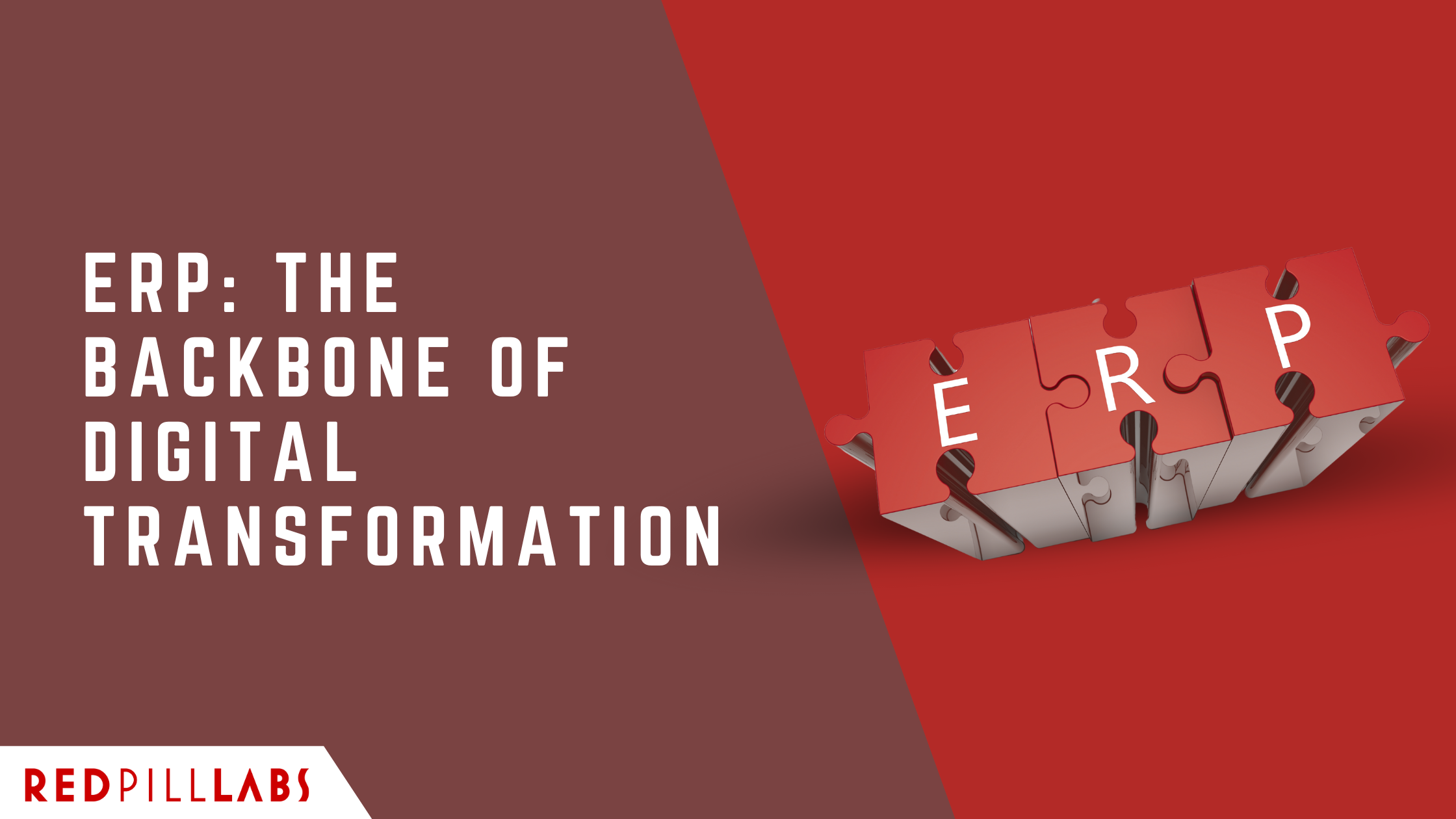The Future of AI: 3 Predictions for 2025
It’s no secret that AI stands as a potent force driving transformation across various sectors, reshaping business functions, and optimizing processes to unparalleled levels of efficiency.
Already, in the first few months of 2024, AI has continued to make prominent advancements, from NVDIA’s latest AI chips, to image expansion tools, to even text-to-video features.
And this is just the beginning…
Without further ado, let's delve into our predictions for AI in 2025, as we steadily draw closer to the halfway mark of 2024.
1. Increased Adoption in (Especially) Canada
As recent data suggests, Canadian companies are still significantly staggered in AI adoption compared to the US, with approximately 72% of US companies and 37% of Canadian businesses currently utilizing AI in some capacity.
One of the drivers for an increase in adoption of AI for Americans and Canadians alike is the increasing accessibility of AI.
As of the moment, more and more software vendors are adding AI into their own platforms, and whether it be generative or predictive features, this is a clear driver that will help drive adoption in both countries (but especially in Canada).
Not to mention that Microsoft has recently announced that new laptops running on Windows will have a Copilot button for easy access to Microsoft Copilot.
Another reason that AI adoption will likely increase (especially for Canadian businesses) is that, in a recent announcement the Canadian government revealed that they will have an official AI strategy, which is going to have numerous advantages for Canadian businesses.
Most importantly however, is that an AI strategy from the government is likely to help with addressing:
Hesitancy of businesses due to not knowing where or how to start with AI
Lack of time or funding for testing
The Canadian government’s hefty investment is expected to not only increase the adoption rates of AI for Canadian businesses but accelerate it.
(You can read more about how the potential opportunities of their investment here.)
2. Ambient AI
Not only is AI increasingly becoming more accessible via business software that companies are already using, but it’s also subtly becoming part of our everyday lives, whether we know it or not.
This is what is referred to as “Ambient AI”: when AI is seamlessly operating in the background, designed to passively gather data, perceive the environment it is deployed within, provide assistance and/or, perform tasks without explicit user input.
In it’s simplest form, ambient AI will work within the algorithms of tools or software to add value in some way, shape, or form to users.
A notable example of this is the recent changes made to Google’s search algorithm (and their upcoming Search Generative Experience [SGE]), which will see AI actively working within the background of Google’s algorithms.
In it’s most complex form though, expect AI integrations with everyday objects or environments such as smart home devices.
It is only a matter of time before sensors, Internet of Things (IoT) devices, and machine learning algorithms understand user behavior, adapt to changing conditions, and provide relevant services, all without explicit human input.
Overall, ambient AI is the future of the many tools we are already used to today, seamlessly operating within the background to perform tasks or make smarter recommendations through machine learning algorithms.
3. AI Effectiveness will Continue to Vary on Industry
As AI adoption rates continue to increase, its effectiveness will inevitably vary across industries, shaped by a multitude of factors ranging from data availability to regulatory frameworks.
Three key factors that will influence AI effectiveness in different sectors include predictive analytics, privacy laws, and the presence of certain barriers that might cause some industries to lag behind.
1. Predictive Analytics:
AI's effectiveness relies heavily on the availability and quality of data, making industries with vast datasets particularly well-suited to leveraging its potential.
Predictive analytics, powered by AI algorithms, can forecast trends, anticipate consumer behavior, and optimize operations in sectors such as finance, retail, and manufacturing.
However, industries with sparse or low-quality data may struggle to derive actionable insights from AI, limiting its effectiveness and adoption.
2. Privacy Laws:
The regulatory landscape surrounding data privacy and protection plays a crucial role in determining AI's effectiveness, especially in industries dealing with sensitive information such as healthcare and finance.
Stringent privacy laws, such as GDPR in Europe or CCPA in California (or the proposed C27), impose strict guidelines on data collection, storage, and usage, impacting AI applications that rely on access to vast amounts of personal data.
Compliance with these regulations can pose challenges for industries seeking to harness the full potential of AI while ensuring adherence to privacy standards.
3. Lagging Industries:
Several factors may contribute to certain industries lagging behind in AI adoption.
Economic constraints, particularly prevalent in smaller enterprises or sectors with thin profit margins, may hinder investment in AI infrastructure and talent acquisition.
Additionally, the lack of readily applicable AI use cases or expertise within a specific industry can impede adoption, as businesses struggle to identify viable opportunities for AI implementation that deliver tangible benefits.
Key Takeaways:
We predict that AI will:
1. Have an accelerated adoption in Canada, with a continued steady adoption rate in the US
2. Begin to work within the background of our everyday applications and tools, a term referred to as “ambient AI”
3. Privacy laws and another economic factors will have a future impact on AI within the US and Canada, and certain sectors will see much faster adoption (and tangible use cases) than others.

